4 Ways to Light Music Videos with Quasar Science LEDs
Quasar Science LED’s are one of the greatest achievements to come from this revolution in the world of cinematic lighting. Not only are they soft, precise lights with high color accuracy - they are lightweight, narrow, dimmable tubes that come in a variety of lengths. Almost from day one they were destined to be used in-frame, and not just as another regular light source. There is nothing else that is quite as striking or flexible on the market today.
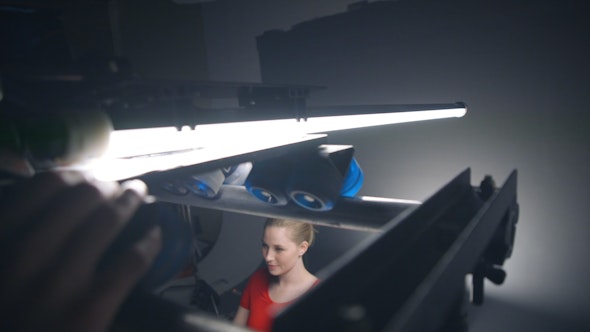
And so it should come as no surprise that music videos, often one of the most creatively liberated outlets for filmmakers, have been flooded with unique and fascinating Quasar applications. Every genre from metal to rap has seen the adoption of Quasars as a visual element. So if you plan on shooting a music video, here are some tips and examples for your inspiration.
Use Quasars as Props
Because of their varying sizes and the ease of mounting, one of the first things you can do with Quasar Science LEDs is to build them into a shape your actors can interact with. Triangles seem to be popular right now, but any geometric shape is within reach if you have a little creativity. Even singular straight lines can be interesting if used properly.
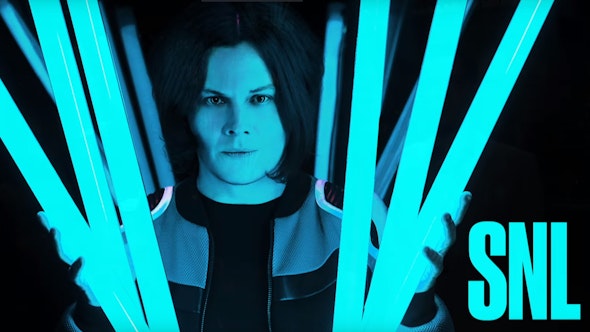
On their most recent tour, the Queens of the Stone Age played among a field of (what appear to be) 8ft Quasar tubes sticking straight up, which gave the whole stage a unique sense of asymmetry that emphasizes the off-kilter energy of many of their songs.
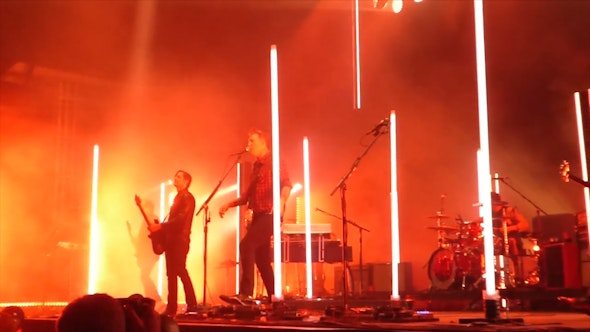
In the video for “Hold on Tight” by R3HAB and Connor Maynard, the filmmaker uses triangles as a repeating visual theme in the cinematography, the special effects, the set design. The two main characters are separated by a series of glowing triangles in a science-fiction world. The singer addresses the triangles and reaches for them as if they have the power to take him to the girl. In the end, they embrace each other in the glow of a triangle. These are physical objects in the space that the actors are able to play off of and react to.
Strategic Quasar Placement Creates Dynamic Spaces
One of the most important elements of any music video is the space (or spaces!) it is filmed at. Sometimes with more performance-oriented videos, the logistical demands of setting up a whole band can overpower some of the aesthetic choices you would have liked to make. But you can create visual interest even in cavernous recording studios or sound stages by playing with light and shadow. The eye is usually drawn to the brightest area of an image, and with Quasars, we can place that brightest area just about anywhere.
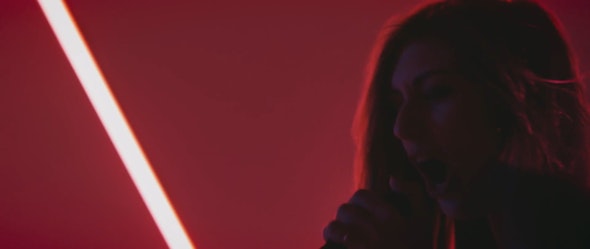
The first option is to create a visual centerpoint in the middle of the rear wall. This will draw the viewer’s focus right down the center and frees you to let the edges of the space fall off naturally. The video for Rooth’s “Leaders” is an excellent example of this technique. The Quasars on the wall are not the key light, but they define the overall tone and bring the space together.
Quasars can also serve as an outline of a section of the frame. In this case again, they are serving as a visual guide to pull the viewer into a specific section of the scene. Juan Demarco’s “No Me Olvides” very simply stages all of the action within the outlines of four vertical Quasar tubes. Philthy Rich dances within a glow-cube made of multicolored Quasars in his video for "Right Now." Both of these shift the focus off of the large negative space of the sound stage and directly onto the important section of the frame.
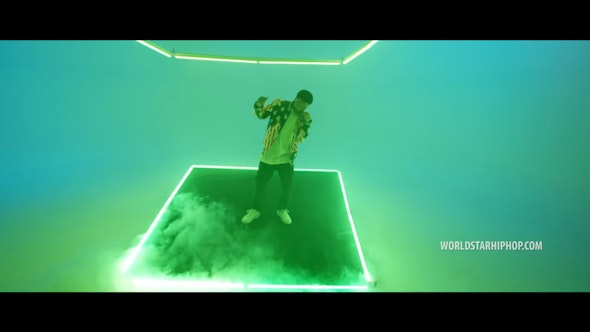
RGB Units Let You Access the Full Color Spectrum
If it wasn’t obvious from the examples listed above, Quasar Science’s LED Lighting sells more than just bi-color lights - in fact, they are probably best-known for their RGB offerings. This allows you to pull away from the now-cliche “teal and orange” look and choose the exact color palette that your song calls for.
“No Me Olvides” goes for a relatively restrained magenta/green pairing that takes it into the realm of neon signs and humid, sticky New Orleans-esque nightclubs. "Right Now" uses vibrant, blending greens and blues that feel playful and energetic. If you had to, you could probably achieve both of those looks with only daylight and tungsten fixtures, but the amount of gelling required makes that a much harder sell. RGB lights place such creative choices well within the reach of the indie filmmaker.
Use Haze for Extra Glow
This is the last quick trick for lighting your music video with Quasar LEDs: add some haze or fog. We talked earlier about centering the lights to create a natural vignette, but if you want the exact opposite, then haze is your friend. A room filled with haze will carry light into the corners, bring up the general ambient light of the room, and distribute the glow of the Quasars much more evenly. This means that instead of creating a single bright hotspot in your frame, the Quasar will softly fill the surrounding areas as well. Because the body of the Quasar will almost inevitably blow out, this is a popular method to bring out the color of the light while still maintaining its intensity.
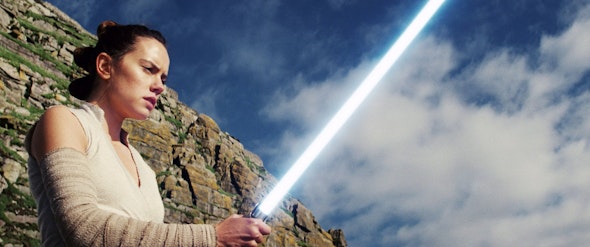
In Conclusion
Cinema lighting has been given a unique gift by Quasar Science. These LED tubes are unique because they are equally effective behind and in front of the camera. We are still in the early days of their use, and creative new applications for them are being invented every day. With these basics under your belt, you should feel confident jumping in and joining the cutting edge of lighting design.



